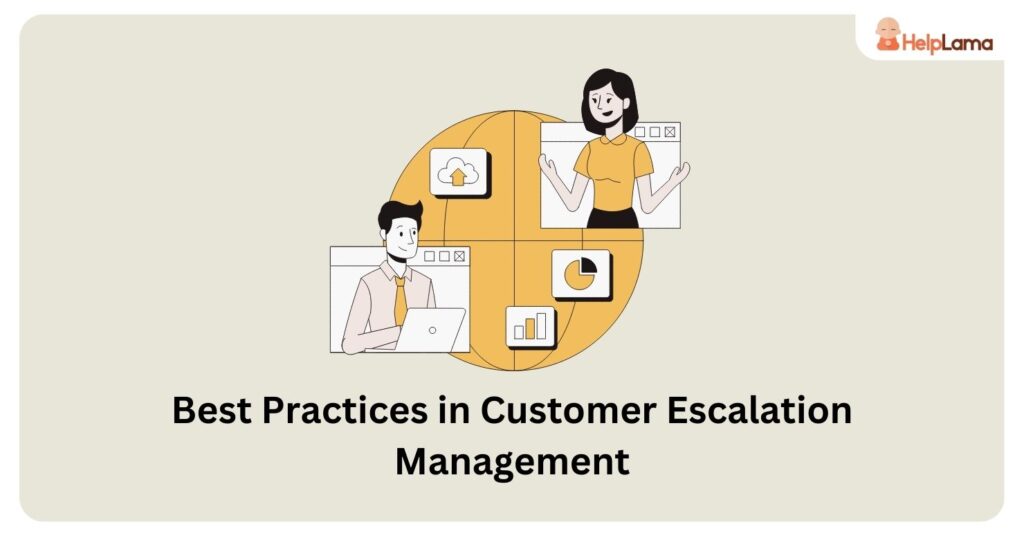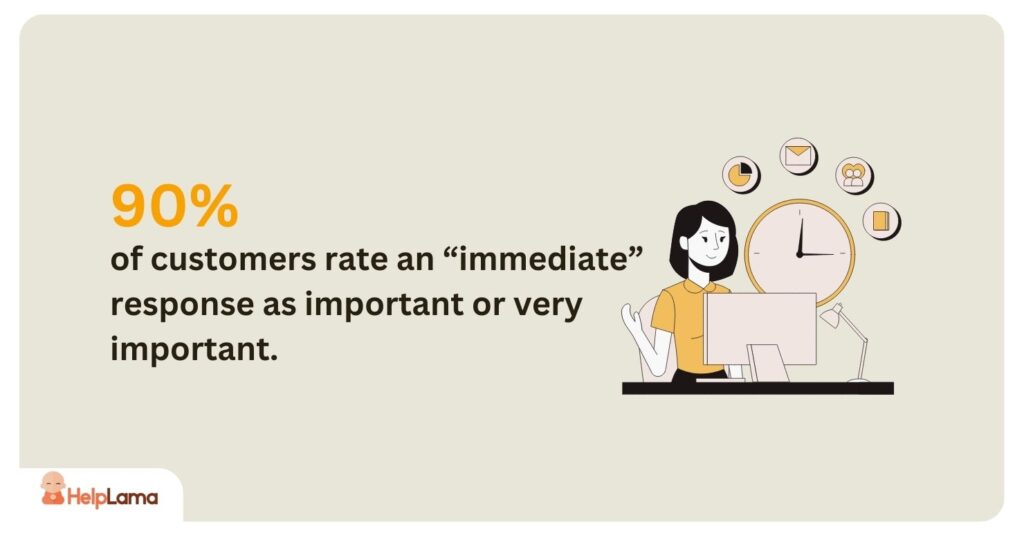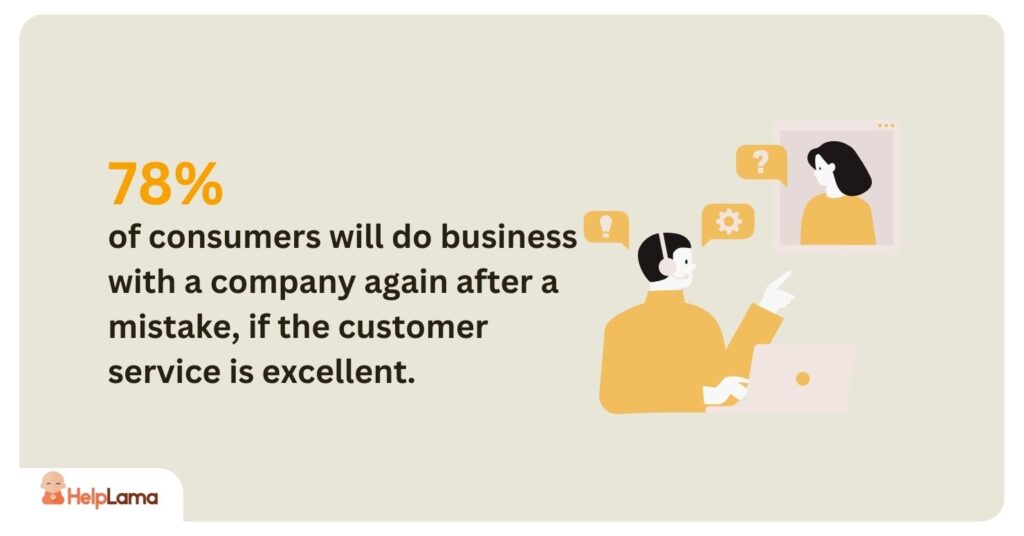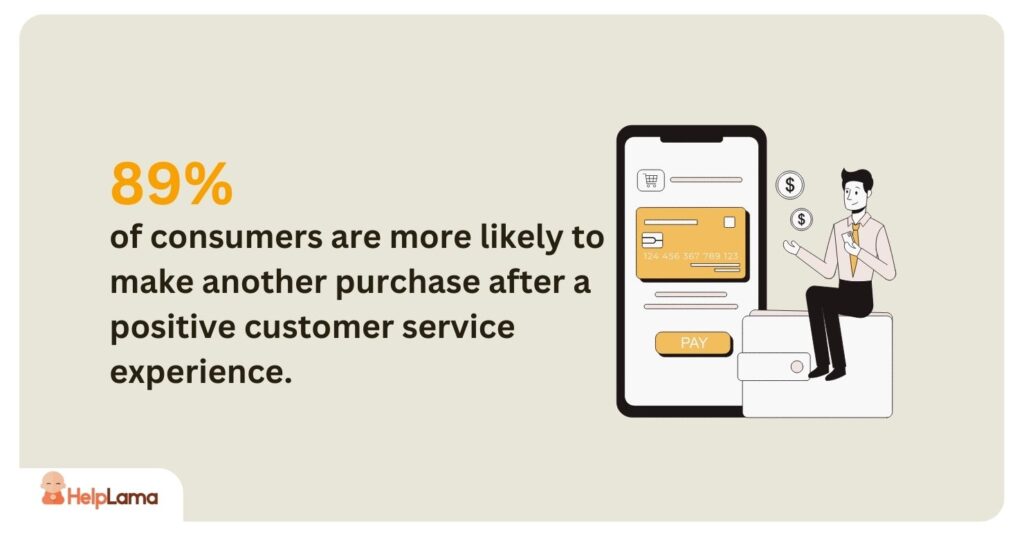Last Updated: January 2026
In today’s competitive landscape, delivering fast and effective customer support is essential — but not every issue can be solved on the first try. That’s where customer escalation management comes into play.
A well-defined escalation process ensures that unresolved concerns are quickly addressed by the right people, preventing frustration and loss of trust. In fact, a Zendesk Customer Experience Trends Report reveals that 68% of customers become annoyed when their issue is transferred multiple times, showing how poor escalation handling can harm customer satisfaction.
Implementing the best practices in customer escalation management helps support teams handle complex cases with confidence, improving both the customer experience and internal workflows. In this article, we’ll dive into proven strategies to strengthen your escalation process and keep your customers happy, even when issues get tough.
What is Customer Escalation Management?
Customer escalation management is the structured approach to handling issues that the customer cannot get resolved at the first level of support. These escalations often cover complex, sensitive, or high-priority cases that need to be addressed by specialized or higher-level staff within an organization.
When a customer’s issue is not resolved quickly or efficiently by frontline agents, the problem is “escalated” to a supervisor, manager, or another office, such as a billing department or technical department with the capability to resolve it.
This process ensures that no critical customer issue falls through the cracks, maintaining service quality and protecting the customer relationship.
Types of Escalation in Customer Service
There is no one-size-fits-all process for customer escalation management with a clear, defined way to escalate, ensuring that issues get solved quickly and accurately, with the desired outcome. When 90% of customers rate an “immediate” response as important or very important when they have a service question (HubSpot), an efficient escalation process is critical for customer satisfaction.
Here are the four main types of escalation management:
1. Functional Escalation Management
This is the process of assigning a ticket to a specialized team or agent. If, for instance, a customer reaches out for support regarding a technical issue that’s beyond the capabilities of the first-level agent, the case gets escalated to a subject matter expert, a developer or a technical engineer. This prevents customers from waiting longer till they reach an expert.
2. Hierarchical Escalation Management
Hierarchical escalation means taking a case to someone who has higher decision-making authority. This usually happens when a customer is frustrated or asks for things (money back, or exceptions to policy) beyond what the front-line agents can do. It facilitates de-escalation as senior staff who are called to intervene can relieve tension and resolve issues quickly.
3. Automated Escalation Management
Automated escalation, where technology and rule-based triggers route issues without manual intervention. For example, when a support ticket is pending beyond the company’s specified SLA, it is escalated to the next level by the system.
Chatbots are also part of this system, escalating conversations to live agents when they sense that someone’s frustrated or when a conversation becomes complex. This minimises human error and makes sure that no ticket goes missing or unaddressed.
4. Priority Escalation Management
Focuses on the urgency behind an issue and the overall impact it has on business. For instance, support requests from VIP customers or reports of system-wide outages are routed directly to high-priority queues. This approach enables companies to safeguard vital relationships and ensure continuity in their operations.
Each of these escalation types has a distinct purpose. Combined, these practices build a strong customer escalation management strategy aiming to keep support responsive, efficient, and customer-centric.
How to Avoid Customer Escalations
By far, the most effective way to handle customer escalations is to avoid them entirely. To do so, it requires an understanding of the tendencies for escalations to occur, mostly due to unmet expectations, poor communication, ineffective processes, or lack of accountability.
Here are proven strategies to proactively avoid escalations:
1. Manage Customer Expectations Early
A mismatch between what customers expect and what businesses deliver is one of the most common causes for escalations. When you take the time to set clear expectations from the beginning, people feel more comfortable engaging, asking questions, and avoiding the potential for misunderstandings that lead to frustration.
- Only promise what you can deliver. Do not overcommit or promise things that your team will have a hard time fulfilling.
- Be transparent. Be explicit about delivery timeframes, service limitations, and support availability.
- Keep customers informed. Be it a delay or a product change, communication lets everyone avoid disappointment in the long run.
2. Communicate Clearly and Consistently
The power of effective communication is often neglected. Bad or delayed responses can frustrate customers quickly and lead to escalations.
- Keep your messaging simple, precise and free from jargon.
- Select Email, SMS, WhatsApp, or a phone call as appropriate, based on the urgency and customer preferences.
- Always use a friendly and empathetic tone, even in challenging situations.
3. Strengthen Leadership, Processes, and Teams
Internal inefficiencies often lead to escalations. Ensure leaders prioritize customer service, and systems are built for reliability.
- SOPs, SLAs and escalation matrices must be kept up-to-date.
- Deploy automated systems such as chatbots to manage straightforward requests and escalate complex ones.
- Make sure to train your team regularly on tools, processes and soft skills so that they can resolve issues as quickly and effectively as possible.
How to Handle Customer Escalations
Do you know that 78% of consumers will do business with a company again after a mistake if the customer service is excellent? No matter how streamlined the process or how talented the support teams are, escalations will occur. What truly distinguishes a great support experience is how those escalations are handled.
A customer that reached this juncture is likely frustrated or disappointed, so your next moves are critical. Here’s a step-by-step guide to managing escalations effectively:
Best Practices
- Reassure the customer you’re here to help: The first thing the customer needs to understand is that they have been heard, and now you are taking ownership of the problem.
- Listen actively and review the case history: Don’t rush. Allow the customer to vent, and if there’s a history of ticketing or previous communication, read through that closely so you can have a comprehensive understanding of the situation.
- Understand the issue before responding: Be clear about the problem, ask questions that are relevant, and make sure you’re not overlooking anything critical before proposing a solution.
- Offer a resolution or provide a realistic ETA: If you already have a solution in mind, offer it confidently. If not, be candid and give the customer a definite time frame for when they should expect to hear from you.
- Always follow through: Back to the customer as promised with a call or message. Honouring your promises builds trust and signals professionalism.
- Use strong soft skills: An understanding of internal processes is useful, but it’s your soft skills, i.e. active listening, clear communication, empathy, transparency and conflict resolution, that truly help to de-escalate alarming situations.
What Not to Do
- Don’t defend your team or internal processes: The customer doesn’t care for explanations; they want solutions. Do not make excuses for internal constraints.
- Don’t offer false promises: Making promises you’re not able to keep can fracture trust permanently and take your customer base over the edge.
- Avoid arguments: Focus on the resolution, even if the customer has failed to provide information. Arguing about it won’t solve a thing — delivering a solution will.
- Never lose your cool: Maintain calm, even if the customer is angry and emotional. Your patience and empathy can help a lot to change the situation.
Measuring Escalation Performance
Effective escalation management isn’t only about resolving issues; it’s also a commitment to continuous improvement. Studies show that 93% of customers will continue purchasing from companies that offer excellent customer service.
This means your approach to escalations can have a direct impact on customer loyalty and, ultimately, business success in the long run. To keep your escalation process effective, focused on your customer, and process awesome, watch out for these metrics:
- Time to Resolution: Keep track of how long it takes to resolve a customer issue once it has been escalated. Quick turnaround means an efficient process and a responsive company.
- Escalation Resolution Rate: Measure the success rate on escalated cases. A high-resolution rate means your team has the necessary expertise and authority to help users through complex issues.
- Customer Satisfaction (CSAT): After an escalation, ask customers to rate their support experience. They will give you direct feedback on how your process is performing for them.
- Repeat Escalations: Look out for frequent problems or repeat escalations from the same customers. There may be underlying issues with your product or service and your frontline support process.
Helplama: The Best Customer Support Outsourcing Agency
Be it simple escalation management or complex, your choice of support partner can help set you apart, and Helplama surely ranks as one of the best. Helplama is a renowned name when it comes to flexible outsourcing solutions that help businesses handle customer concerns quickly, structured, and with empathy, irrespective of their size.
Helplama is always on call with multichannel coverage: live chat, email, phone, and social media; no support request ever goes unanswered. They are trained on escalation protocols and are equipped to de-escalate tense situations professionally, so you can help protect your brand’s reputation, even when things get difficult.
Helplama is the solution for businesses seeking to streamline their escalation handling without compromising on service levels as they grow, with scalable pricing and localized support agent availability.
Incorporating Helplama into your escalation strategy means fewer dropped tickets, faster resolutions, and more satisfied customers across the board.
Conclusion
Effective customer escalation management is essential for building trust, retaining customers, and protecting your brand’s reputation. According to research, 89% of consumers are more likely to make another purchase after a positive customer service experience, proving that how you handle escalations directly impacts customer loyalty.
Implementing best practices in customer escalation management, such as clear protocols, responsive support channels, and well-trained agents, can significantly improve resolution times and satisfaction rates. Partnering with experienced providers like Helplama further enhances your support operations by offering structured escalation workflows and dedicated service teams.
Incorporating a strong customer escalation management strategy isn’t just a support improvement—it’s a business advantage.







